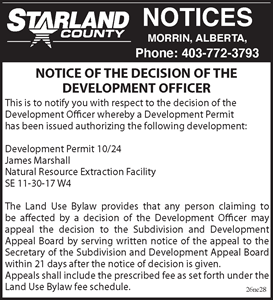
Ron Leonhardt had a once in a lifetime chance to visit part of his heritage this summer when he travelled to the last spot his family inhabited in Europe.
Leonhardt was part of a mission trip “Returning the Gift” from Grace Lutheran Church to the Ukraine. At the conclusion of his trip, he and his daughter, Lynn Hemming, took a side journey before returning home. This was to a tiny village in Russia.
His journey was a journey through history. He explains that when Catherine the Great ruled Russia, she attempted to develop the south of Russia and encouraged settlers to come to the area.
“I guess it was sort of like Canada where the homesteaders would get a special deal to develop the country. But this was longer ago, it was in the 1760s,” said Leonhardt.
His family was among those settlers from Germany and they built the village of Grimm in 1767. There were 179 people who established village.
“They lived there and they could practice their own language and religion and didn’t have to serve in the military,” said Leonhardt. “It attracted a lot people from southern Europe.”
This continued for more than 100 years until political tides began to shift. It was about this time many families began to leave.
The Leonhardt family left in 1907. Over the next year, Leonhardt’s grandparents, their four sons and two daughters came to the new world. They initially landed in Chicago, and then learned of homesteads in Canada and came to Alberta.
Five of the six children came to Alberta and one sister married in Chicago and remained.
There was no future for the village. By 1941, most German families were banished under Stalin. Leonhardt said men were shipped away to the army or camps. The icons were destroyed, records were burned, leaving virtually no sign that the German settled village ever existed.
Russians were relocated to populate the village.
Today a very different village stands. Hemming said it is an agrarian village and fairly poor. They saw virtually no sign of its interesting history. That was until they were wandering through a graveyard, and came upon a tombstone. On it was the name Catherine Elizabeth Leonhardt, born in 1786.
“How we found that tombstone, I don’t know, we wandered around the cemetery for a while and all we could find were Russian names, but we had heard there was one tombstone there with a German name on it,” said Leonhardt. “It was pretty neat.”
Leonhardt said that to his knowledge, he is the first from the family to go back to the village to see it.
“I often heard my dad and his brother talk about the old country and about what it was like to live there. I guess I just wanted to see where we came from. It didn’t really resemble what they talked about… it seems to be all gone.”
Hemming felt a connection to her family in the village.
“It was really cool to go there and see that this us where our roots are,” said Hemming.
She and her father remarked that the landscape was very much like where the Leonhardt’s came to Alberta to homestead.

















